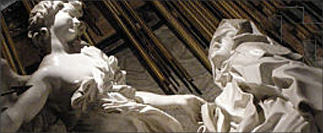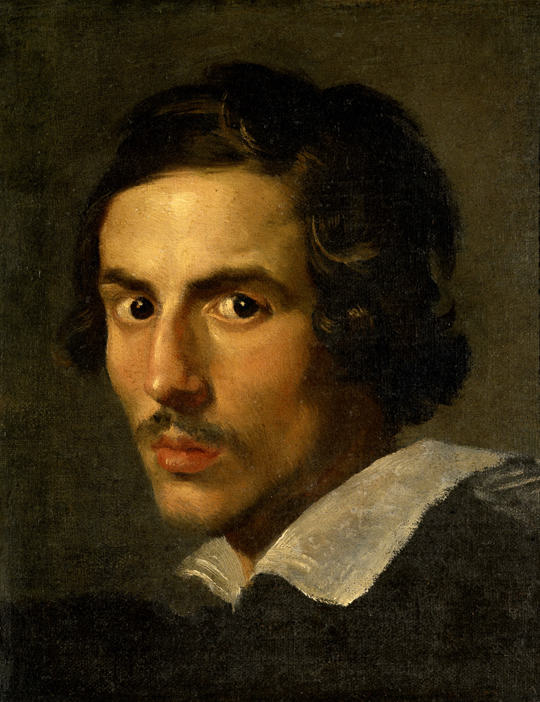Power of Art: Sculpture Artist Bernini

Gian Lorenzo Bernini (Naples, December 7, 1598 – Rome, November 28, 1680) was an Italian artist who worked principally in Rome. He was the leading sculptor of his age and also a prominent architect. In addition he painted, wrote plays, and designed metalwork and stage sets.
A student of Classical sculpture, Bernini possessed the unique ability to capture, in marble, the essence of a narrative moment with a dramatic naturalistic realism which was almost shocking. This ensured that he effectively became the successor of Michelangelo, far outshining other sculptors of his generation, including his rival, Alessandro Algardi. His talent extended beyond the confines of his sculpture to consideration of the setting in which it would be situated; his ability to synthesize sculpture, painting and architecture into a coherent conceptual and visual whole has been termed by the art historian, Irving Lavin, the ‘unity of the visual arts’. A deeply religious man, working in Counter Reformation Rome, Bernini used light as an important metaphorical device in the perception of his religious settings; often it was hidden light sources that could intensify the focus of religious worship, or enhance the dramatic moment of a sculptural narrative.

Bernini was also a leading figure in the emergence of Roman Baroque architecture along with his contemporaries, the architect, Francesco Borromini and the painter and architect, Pietro da Cortona. Early in their careers they had all worked at the same time at the Palazzo Barberini, initially under Carlo Maderno and on his death, under Bernini. Later on, however, they were in competition for commissions and fierce rivalries developed, particularly between Bernini and Borromini. Despite the arguably greater architectural inventiveness of Borromini and Cortona, Bernini’s artistic preeminence, particularly during the reigns of popes Urban VIII (1623–44) and Alexander VII (1655–1665), meant he was able to secure the most important commission in Rome of the day, St. Peter’s Basilica. His design of the Piazza San Pietro in front of the Basilica is one of his most innovative and successful architectural designs.
During his long career, Bernini received many important commissions, many associated with the papacy. At an early age, he came to the attention of the papal nephew, Cardinal Scipione Borghese, and in 1621, at the age of only twenty three, he was knighted by Pope Gregory XV. Following his accession to the papacy, Urban VIII is reported to have said, “Your luck is great to see Cardinal Maffeo Barberini Pope, Cavaliere; but ours is much greater to have Cavalier Bernini alive in our pontificate”. Although he did not fare so well during the reign of Innocent X, under Alexander VII, he once again regained preeminent artistic domination and continued to be held in high regard by Clement IX.
Bernini and other artists fell from favor in later neoclassical criticism of the Baroque. It is only from the late nineteenth century that art historical scholarship, in seeking an understanding of artistic output in the cultural context in which it was produced, has come to recognize Bernini’s achievements and restore his artistic reputation.




Leave a Reply
You must be logged in to post a comment.